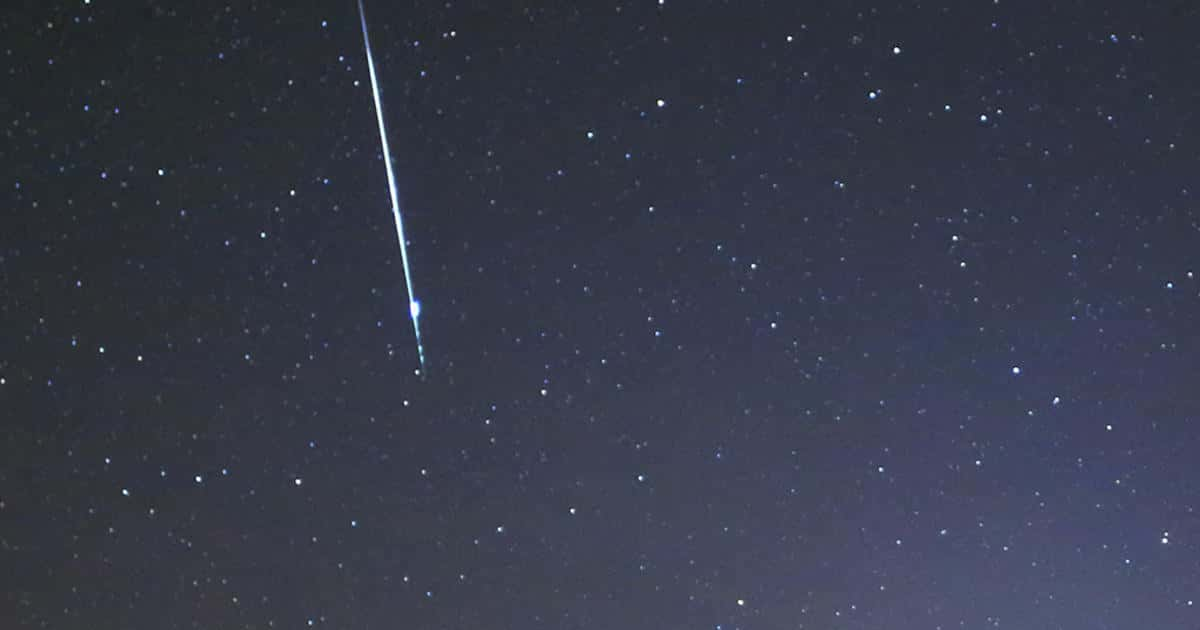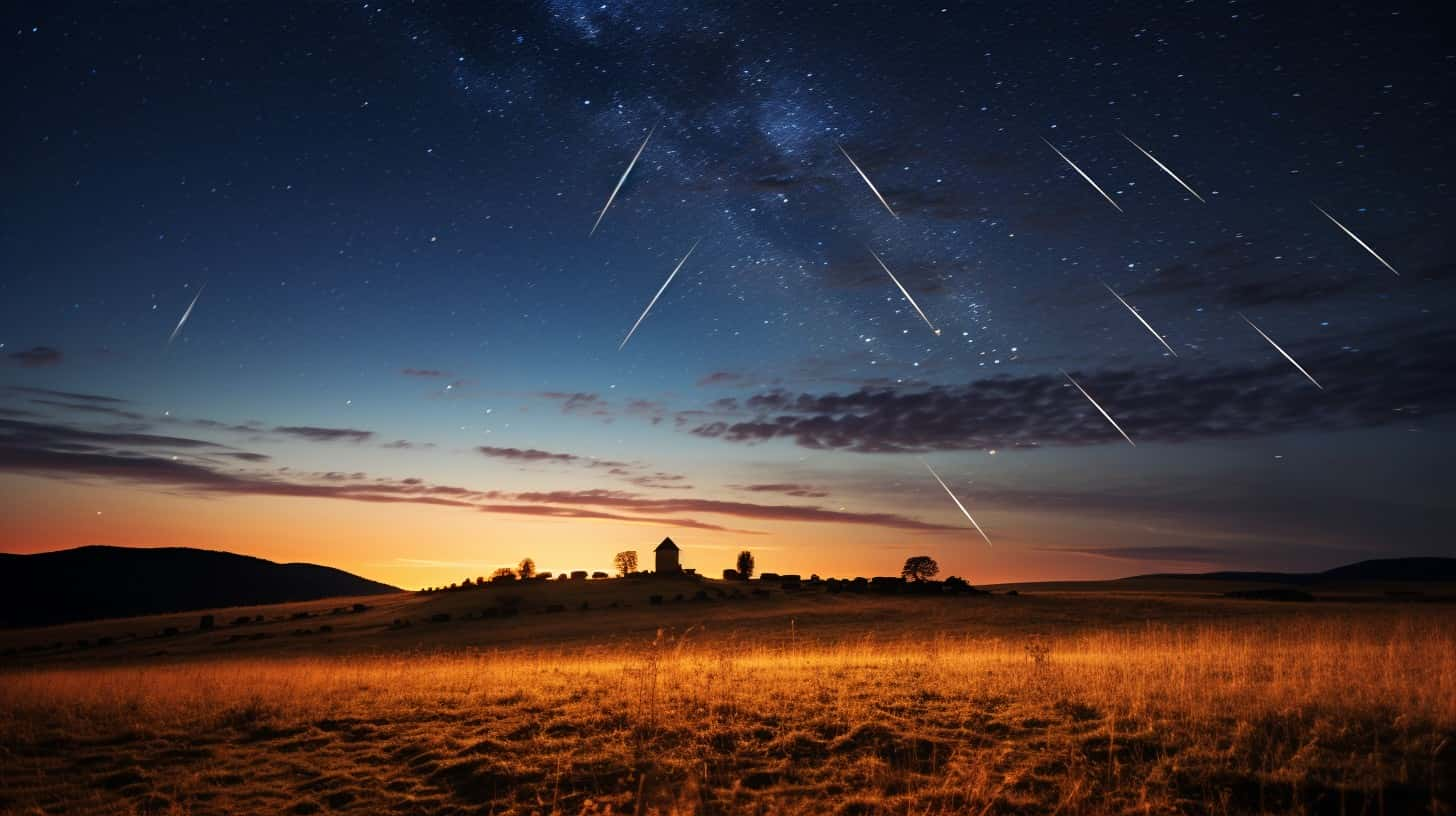The peak of this meteor shower, occurring overnight on Nov. 11, offers skywatchers a unique opportunity to witness dazzling fireballs if weather conditions permit.

This weekend promises an extraordinary celestial display as the Northern Taurid meteor shower graces the night sky
The ideal viewing conditions are enhanced by the approaching new moon phase on Monday (Nov. 13), ensuring a darker sky backdrop. To optimize your chances of spotting a meteor streak, direct your gaze towards the Taurus constellation‘s Pleiades star cluster, known as the “Seven Sisters.” The radiant of the Northern Taurids, where the meteors seem to originate, lies just below the Pleiades and above Taurus’ “head.” To locate this celestial spectacle, identify the bright Jupiter to the east, then spot the dense cluster of Pleiades stars and the V-shaped arrangement representing Taurus’ horns.
For an optimal experience, choose a dark viewing location away from light pollution, settle into a comfortable seat, and allow your eyes to adjust for at least half an hour. The Taurid meteor shower, although among the slower meteor showers, boasts a higher frequency of “fireballs,” exceptionally bright meteors that can be truly breathtaking. NASA meteor expert Bill Cooke notes the Taurid meteor showers’ propensity for brilliance despite their modest hourly rates.
Originating from the periodic Comet 2P/Encke, with the shortest orbital period of any known comet at 3.3 years, the Taurid meteor showers illuminate our atmosphere with debris from this cosmic traveler
First spotted in 1786, Comet 2P/Encke earned its name from German astronomer Johann Franz Encke, who predicted its return after identifying multiple sightings as the same celestial object. While marveling at the Taurid meteor shower, consider exploring the Pleiades and Taurus constellation with suitable equipment using guides on the best telescopes and binoculars. Additionally, venture into astrophotography with our comprehensive guides on capturing Taurid meteor showers, along with recommendations for the best cameras and lenses for this celestial pursuit.
READ ALSO: SpaceX Dragon Spacecraft Featured In ISS Orbit Maneuver Amid Rising Space Debris Concerns




